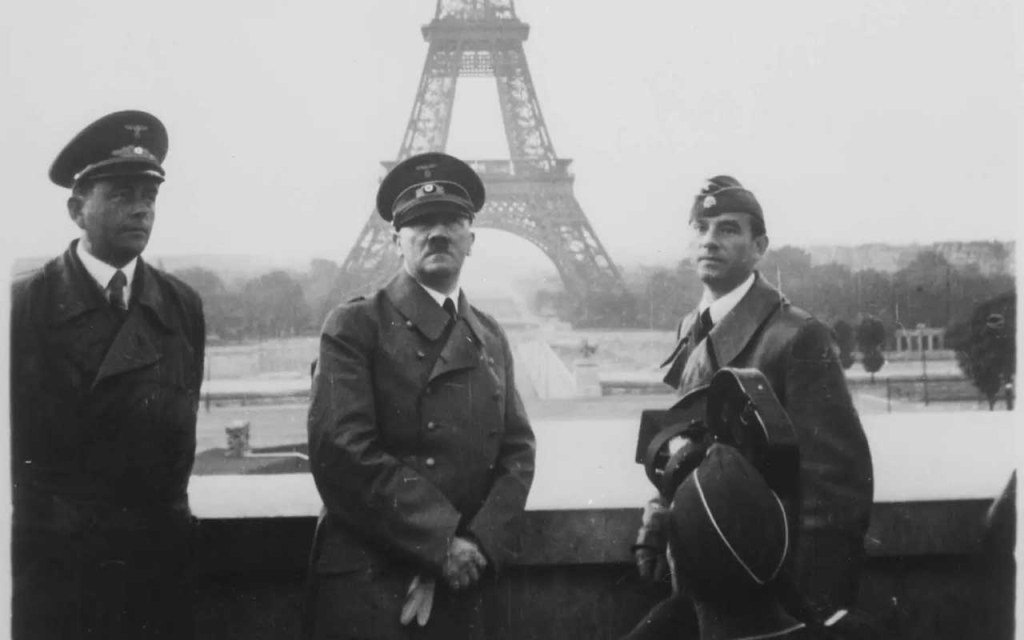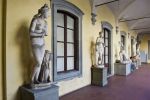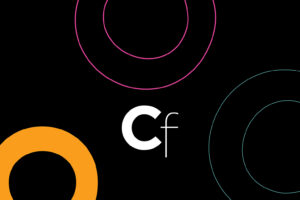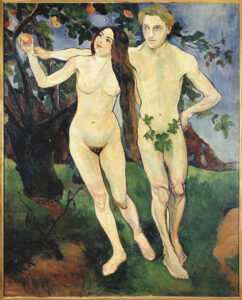Hitler’s Three-Hour Architectural Tour of Paris



Editor’s Note: The following text has been excerpted with permission and adapted from The Art Spy: The Extraordinary Untold Tale of WWII Resistance Hero Rose Valland (2025) by Michelle Young, published by HarperOne (an imprint of HarperCollins Publishers) and available online.
The day after the armistice was signed, Hitler celebrated his triumph with an outing to Paris. The visit was not for military purposes — he left that to his generals — but for his one true love: art. “I want to see Paris with my artists,” Hitler told Hermann Giesler, one of the architects he invited, along with Albert Speer, who served as the general building inspector for the Reich Capital, and his favorite sculptor, Arno Breker. “A visit has been my passionate wish for years. Now the gates are open to me,” Hitler confided to Breker.
Hitler’s first and only tour would be extensive. He had been fascinated with the City of Light since childhood and believed he would be able to navigate it purely based on the maps he had long pored over. He intended to study the city’s urban planning, gather architectural inspiration for Linz and Berlin, and learn from the city’s mistakes.
Landing before dawn at Le Bourget airport, the entourage went directly to the Paris opera house, Hitler’s favorite building. Even at this early hour, everything was prepared just for the Führer. The lights glowed from inside; the curtain was raised as if in a performance. “Wonderful, uniquely beautiful proportions, and what a celebration!” Hitler marveled. The building’s aesthetic qualities were equally as impressive as its inspiring backstory. Charles Garnier was an unknown 35-year-old architect in 1860 when he won Napoleon III’s open competition to design the opera house, beating out nearly 170 others including the famous architect and engineer of the time, Eugène Viollet-le-Duc. The facts and myths of the opera house, including a deadly accident with the chandelier in 1869, inspired the Gothic novel The Phantom of the Opera.
Despite Hitler’s professed abhorrence of decoration, he loved the interior with its explosion of gilded embellishment. In the architect Garnier, Hitler could imagine an alternative origin story for himself, as a talented yet undiscovered designer plucked from obscurity by an emperor to create the country’s most important building — an edifice that would strike awe and inspiration for centuries to come.
Hitler knew the floorplan of the opera house from memory and gave the group a tour, pointing out the architectural elements and layout. They walked up the grand split marble staircase, passed through the many reception rooms, and entered the horseshoe-shaped auditorium where the seven-ton crystal and bronze chandelier hung from the ceiling. Hitler deemed it the most beautiful building in the world.
He knew the building so well that he was bewildered not to find one specific detail. “I would like to see the reception room, the President’s salon, behind the left proscenium boxes,” he told the taciturn gray-haired opera house attendant. “According to Garnier’s plan, this is where it should be.” The group went back and forth perplexed until the attendant remembered that the salon had been removed during a renovation. “The democratic republic does not even allow its President his own reception room!” Hitler said jubilantly, adding, “There, you see how well I know my way about.”
When the visit was over, the group descended the exterior staircase to take in the facade, now shown to better advantage in the early daylight. The contingent entered their Mercedes sedans and began a tour of the city’s most renowned plazas and streets, with all the artists in Hitler’s car. The first stop was La Madeleine, where a Greek temple-like church sat at the intersection of three grand avenues. Hitler was unimpressed.

With the streets of Paris nearly empty the group had a clear sight line down rue Royale to the Place de la Concorde, where the car went in a big leisurely loop around the Egyptian obelisk at the center, passing the Jeu de Paume, the Tuileries, and the Hôtel de Crillon, where the German military government was setting up. Hitler slowly took it all in and found La Concorde rather beautiful. Then, with a hand gesture, he signaled that he was ready to drive up the Champs-Élysées, Paris’s most grand avenue, to the Arc de Triomphe, still clad with scaffolding and mounds of spilled sand and sandbags. He ordered the motorcade to drive slowly.
He pointed out the sculptural effect of the arch and its opulent ornamentation and commented about the radial city planning that emanated from it. It was hard for Hitler to say goodbye to the Arc de Triomphe, so symbolic of his long-held dreams and now finally experienced in real life.
The tour then continued to Trocadero, where Hitler and the artists, all clad in military uniforms, were filmed close-up, looking onto the Eiffel Tower from an elevated terrace. Hitler looked around contentedly, observantly, and analytically. For the first time during the tour, he became rather loquacious. To Hitler, the Eiffel Tower was not only representative of Paris but also of a whole new future he wanted to shepherd in, in which technology, engineering, and architecture would come together to produce inspiring structures out of the most modern materials.
Surprisingly, Hitler spent the most time at Les Invalides. He stood solemnly with head bowed and cap in hand for a long while in front of Napoleon’s sarcophagus. Was he thinking it was all fair retribution for Napoleon’s plunder of Prussia? Or was he comparing himself to the belligerent former French emperor and thinking of his own legacy?
It seems it was more of the latter, as he pulled Giesler over to him and murmured, “You will build my tomb, Giesler.” And then, in an unexpected decision, he ordered Napoleon’s son to be exhumed from Vienna and buried next to his father. Hitler also found a World War I statue and its inscription offensive and told his military escort, “Let it be blown up!”
Next was a speedy visit to Notre Dame, the Panthéon, and Paris’s Left Bank so that Hitler could see the landmarks and the bohemian haunts sculptor Arno Breker had once frequented. Back on the Right Bank, in the full morning sun, a newspaper man hawking Le Matin papers caught sight of Hitler. With mouth agape and eyes widening in horror, he threw all the newspapers into the air and ran in search of safety. Just nearby, a group of market women pointed and shouted excitedly, “It’s him! Oh, it’s him!” Then, as the Louvre came into view, Hitler noted spontaneously, “I have no hesitation in describing this grandiose building as one of the most brilliant ideas in architecture.” The group marveled at how the over-half-mile-long facade along the Rue de Rivoli came off as one architectural gesture yet avoided any sense of monotony. Hitler immediately ordered a reassessment of Berlin’s street-frontage design.
The last stop was Sacré-Cœur, where Hitler could get a panoramic overview of Paris’s urban planning. After a time seemingly lost in thought, he called the city below a “wonder of Western culture” and emphasized how important it was to preserve it “intact, for posterity.” He turned to his artists and said, “Now begins a time of hard work and strain — the formation of the cities and monuments entrusted in your care. As far as I can, as far as I find the time, I want to make your work easier!”
And in the blink of an eye, the whirlwind tour was over. Hitler spared only three hours to visit the city that had long captured his imagination. On the way back to Berlin, he asked the pilot to circle over Paris a few more times from the air. “It was the dream of my life to be permitted to see Paris,” Hitler told Speer. “I cannot say how happy I am to have that dream fulfilled today!” He directed Speer to resume a full-scale building plan in Berlin and mused, “Wasn’t Paris beautiful? But Berlin must be made far more beautiful. In the past I often considered whether we would not have to destroy Paris but when we are finished in Berlin, Paris will only be a shadow. So why should we destroy it?”
And with that, Paris was spared a second time in this nascent war.
But down below, the vultures had descended and were about to take it apart from within.






